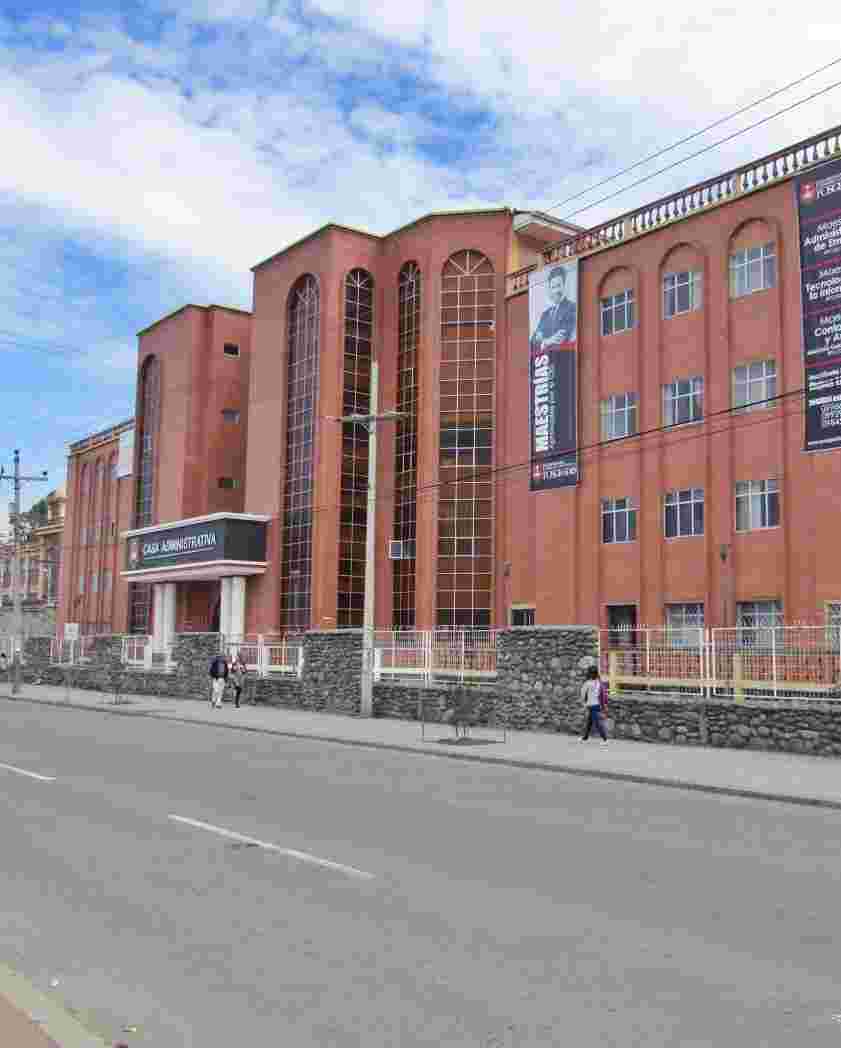Examinando por Autor "Nivelo Alvarez, Paula Renata"
Mostrando 1 - 1 de 1
- Resultados por página
- Opciones de ordenación
Ítem Acceso Abierto Eficacia de la enoxaparina versus el rivaroxabán en la prevención del tromboembolismo venoso en trauma ortopédico: revisión sistemática(Universidad Católica de Cuenca., 2025) Nivelo Alvarez, Paula Renata; Capote Llanares, Miguel Ángel; 0954297040Venous thromboembolism (VTE) is a condition that leads to the formation of a blood clot in a blood vessel, which can travel and eventually block blood flow, endangering the patient’s life. Objective: To analyze the efficacy of enoxaparin versus rivaroxaban in preventing venous thromboembolism in orthopedic trauma. Methodology: A systematic review with a descriptive design and mixed approach was conducted following the PRISMA method parameters, analyzing 22 articles from scientific sources such as PubMed, Scopus, Lilacs, Redalyc, SciELO, and Web of Science. Results: Obesity, smoking, hypertension, diabetes, a history of venous thrombosis, and hospitalization were the predominant risk factors. Additionally, women over 60 years old were prevalent in both groups. The administered dose of enoxaparin was 40 mg/day for durations of 10, 14, 30, 35, and 90 days, while the daily dose of rivaroxaban was 10 mg for 7, 14, 35, 42, and 90 days. Enoxaparin reduced the risk of deep vein thrombosis (DVT) to 2.11% and pulmonary embolism (PE) to 0.57%. Rivaroxaban reduced DVT to 2.30% and PE to 0.13%. Both medications were well-tolerated by patients, though they presented common adverse effects such as bleeding at a low incidence. Conclusions: Both drugs effectively prevent VTE, but rivaroxaban revealed greater efficacy in preventing PE and did not present mortality cases. Keywords: venous thromboembolism, adverse effects, prevention, enoxaparin, rivaroxaban




